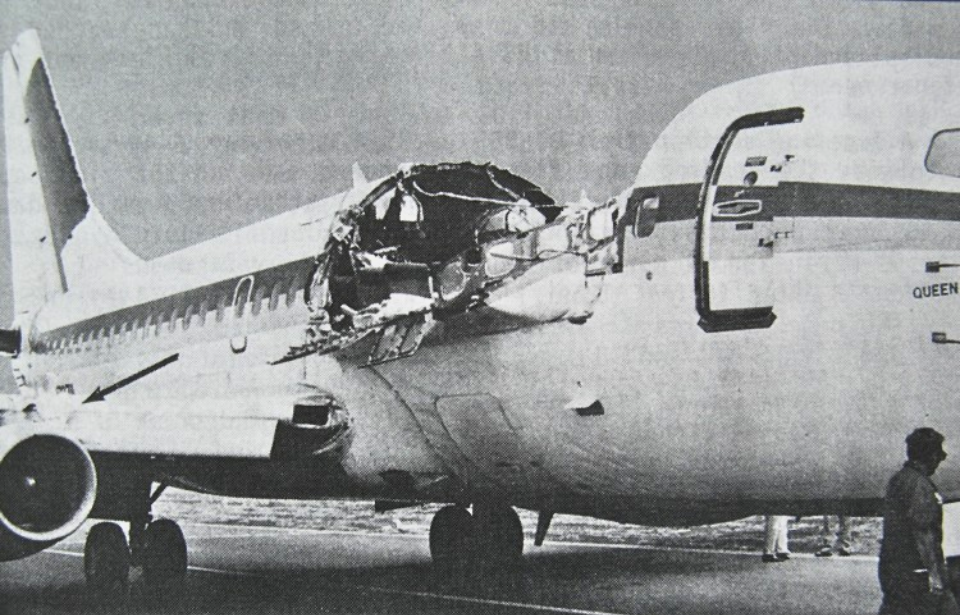On April 18, 1988, Aloha Airlines Flight 243 took off on a routine inter-island flight from Hilo, Hawaii, to Honolulu, Oahu. The commercial Boeing 737, renowned for its safety and reliability, experienced one of the most nightmare-inducing accidents imaginable during a flight – the roof ripped off. Miraculously, all 90 passengers on board survived, with only one fatality recorded, and the incident changed the rules of aviation inspection forever.
The emergency of Aloha Airlines Flight 243
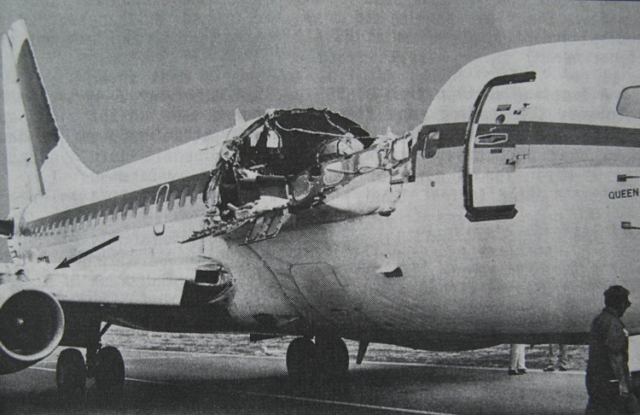
Originally built in 1969, the Boeing 737-297 that flew that day had accumulated an enormous amount of flying hours – 35,496 to be exact. This particular plane was used for short flights, causing it to complete nearly 90,000 flight cycles (which included takeoffs and landings) prior to its flight on April 18, 1988. This number was more than twice the amount of flight cycles the aircraft was designed to handle.
However, after having already completed three round-trip flights from Honolulu to Hilo, Maui, and Kauai that day, Aloha Airlines Flight 243 departed at 13:25 HST as usual. Nothing out of the ordinary was noted during inspection, and the plane was able to complete its routine takeoff and ascent to 24,000 feet with its five crew and 90 passengers on board.
Approximately 23 minutes into the flight, a section of the left side of the roof had ruptured, and the roof over the first-class cabin had been ripped off with a thunderous “whooshing” sound. When the pilot and co-pilot turned around, they saw that not only had their cockpit door been ripped right off its hinges, but they were looking at “blue sky where the first-class ceiling had been.” About 18 feet of the roof had been torn off, from the cockpit to just in front of the wings.
The plane landed safely
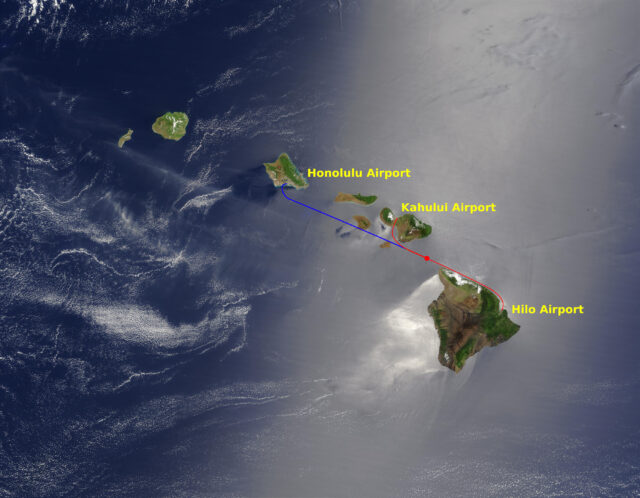
Incredibly, all the passengers were seated and wearing their seatbelts when the incident occurred. Only one fatality was recorded; Clarabelle “C.B” Lansing, a 58-year-old flight attendant who had been working as such for 37 years by this time, was swept out of the airplane as she was standing near the fifth-row seats when the roof was ripped off the fuselage. Sadly, her body was never found.
The captain on the plane was 44-year-old Robert Schornstheimer, and his co-pilot was 36-year-old Madeline Tompkins. Combined, they had over 10,000 flying hours in Boeing 737s. Immediately, they began an emergency descent, diverting to the nearby Kahului Airport in Maui. As they approached the airport, the plane’s left engine failed, and they weren’t even sure if the nose gear had lowered correctly for landing. However, they were still able to land the plane normally just 13 minutes after the incident in the sky occurred.
Once they landed on Runway 2, the plane’s emergency slides were deployed and the passengers were quickly evacuated from the aircraft. Everyone who landed with the plane survived, and of the 90 passengers, 65 were reported as injured, eight of which with serious injuries. Maui did not have any plans in place for an emergency of this kind, and the island only had two ambulances at the time. As such, Akamai Tours was contacted and requested to spare any 15-passenger vans they could to help transport passengers to the hospital. Remarkably, two bus drivers were former paramedics and were able to establish a triage right there on the runway.
As for the plane, it was damaged beyond repair and was dismantled right there onsite. The piece of fuselage that had been blown off in the sky was never found.
An investigation was conducted
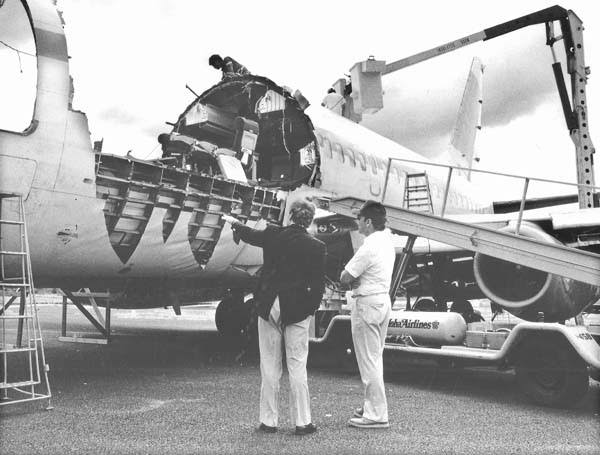
Following the incident, the US National Transportation Safety Board conducted an investigation to determine what factors led to the structural failure of the aircraft and analyzed the emergency response of the crew. They determined that the accident was the result of metal fatigue and poor maintenance. Crevice corrosion was present as the 19-year-old plane operated in a coastal environment, exposing it to salt and humidity.
Boeing knew such metal fatigue was a possibility and had issued airlines guidelines for both inspection and repairs, but the investigation discovered that Aloha Airlines did not fully comply with these procedures. Additionally, one passenger on Flight 243, Gayla Yamamoto, testified that she had noticed a crack in the metal prior to the flight taking off but chose not to mention it to anyone.
The aviation industry made some serious changes
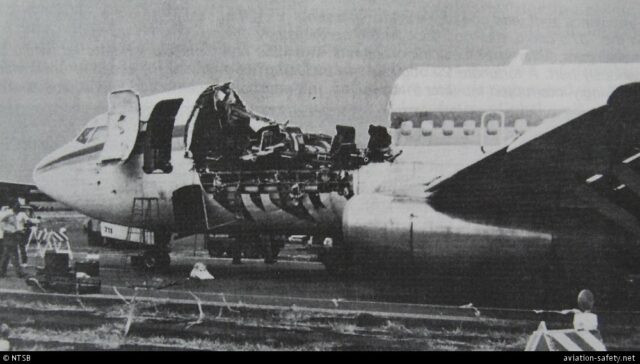
Both the accident and the investigation led to new regulations put in place around aviation safety. Inspection and maintenance practices for older aircraft were reevaluated and improved to help prevent incidents such as this from happening again. More rigorous and frequent inspections were implemented, and future Boeing 737 planes were fitted with a second layer of metal sheeting around the fuselage to help reduce fatigue.
Read more: Ritchie Valens’ Fear of Flying Came From a Plane Crash That Happened Over His School
Additionally, the crew’s handling of the incident has been used as a case study in aviation training, as their response to the emergency was exemplary, both in flight and during the landing process.
